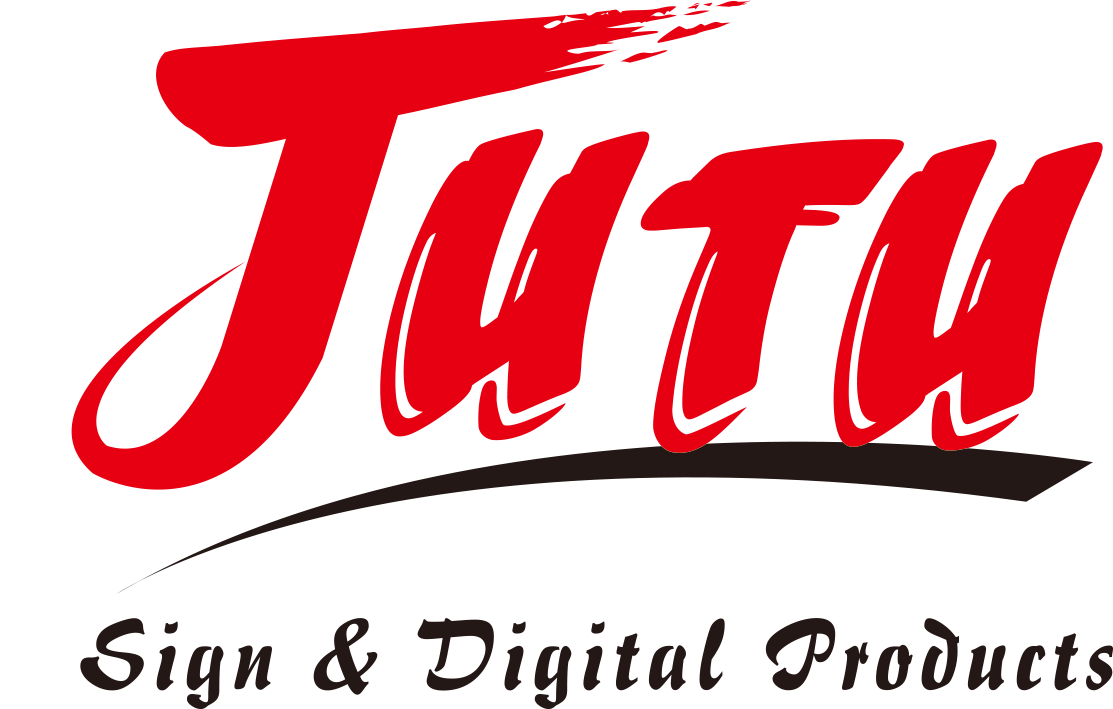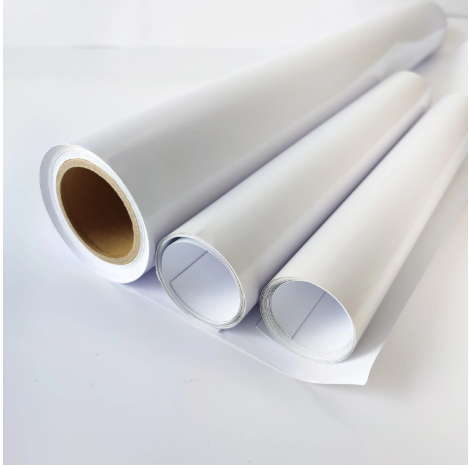How Long Does Self-Adhesive Vinyl Last?
Average Lifespan of Removable vs. Permanent Vinyl
Self-adhesive vinyl is a flexible option in decor and signage solutions, available in either removable or permanent varieties. Typically, the removable type lasts around 3 to 5 years, while permanent vinyl can extend its lifespan up to 7 years without diminishing adhesive qualities. The choice between these options often depends on the intended longevity of the project. Temporary applications like short-term signage or home decor benefit from removable vinyl, whereas permanent vinyl is suitable for long-term projects. However, environmental factors such as exposure to harsh weather conditions can affect the longevity of both types of vinyl. Extreme temperatures, humidity, and UV exposure can reduce their effective lifespan significantly.
Moreover, consulting manufacturers' specifications provides clearer expectations regarding durability. Manufacturers like Oracal and Avery set prominent benchmarks in the industry, offering detailed guidelines and expected product performance to help make informed decisions. By understanding these factors and potential impacts, you can better select the type of vinyl that will best suit your project needs while optimizing its lifespan.
Key Signs It's Time for Replacement
Recognizing signs of wear on self-adhesive vinyl is crucial for determining when a replacement is necessary. One of the primary indicators is fading or discoloration, typically resulting from prolonged UV exposure. This fading not only affects appearance but also signals the diminishing adhesive effectiveness of the vinyl. Another sign is the peeling of edges or lifting from the surface, which indicates that the adhesive bond is weakening. This can allow dirt and moisture to seep underneath, further compromising the vinyl's durability and visual appeal.
Physical damage, such as scratches or tears, also indicates that the vinyl needs replacement. Such damage not only detracts from the aesthetics but might also suggest a more immediate need to replace the material to maintain the desired appearance. By regularly assessing your vinyl for these key indicators, you can ensure that it retains its functionality and visual integrity, ultimately prolonging its use and minimizing the need for frequent replacements.
Factors Affecting Self-Adhesive Vinyl Durability
Surface Preparation and Application Quality
The longevity of self-adhesive vinyl largely depends on proper surface preparation and application quality. To enhance the adhesive bond, it’s crucial to apply the vinyl on a clean, debris-free surface. As confirmed by specialists, cleanliness ensures the adhesive can maintain its hold over time. Moreover, careful application techniques, including smoothing out air bubbles, bolster adhesion strength. Using tools like a squeegee during application is recommended by installers as it ensures the vinyl is securely bonded, leading to increased durability.
Environmental Impacts (Humidity, UV Exposure)
Environmental conditions significantly impact the durability of self-adhesive vinyl. Humidity can weaken adhesive bonds, causing the vinyl to shrink or curl, thereby reducing its lifespan. Furthermore, UV exposure can degrade the material, leading to fading and brittle textures. To counteract these effects, many professionals opt for UV-resistant vinyl types. Research indicates that vinyl exposed to outdoor conditions may deteriorate up to 50% faster than in controlled indoor environments. This highlights the importance of selecting materials based on environmental exposure to maintain quality and effectiveness.
Vinyl Quality and Adhesive Strength
The quality of the vinyl and its adhesive properties are pivotal for long-term performance. High-quality vinyl from reputable manufacturers often shows superior durability and resistance to environmental factors. Differentiation among various vinyl grades and types is essential, as each is formulated for distinct purposes requiring specific adhesive strengths. Statistics reveal that premium-priced vinyl Products frequently reflect enhanced longevity and environmental resilience. Therefore, investing in superior-grade vinyl can prove beneficial for applications demanding enduring quality and robust performance.
How to Remove Self-Adhesive Vinyl Safely
Heat Application Techniques (Hairdryer, Heat Gun)
Using heat application techniques is an effective method for safely removing self-adhesive vinyl. By gently applying heat with tools like a hairdryer or heat gun, the adhesive softens, making it easier to peel off without damaging the underlying surface. It's crucial to maintain a safe distance when heating, as overheating can potentially harm the surface beneath. Manufacturer guidelines and video tutorials often provide step-by-step instructions on achieving optimal results through effective heat application.
Chemical Solutions: Goo Gone vs. Rubbing Alcohol
Comparing chemical solutions like Goo Gone and rubbing alcohol can aid in selecting the right product for vinyl removal. Goo Gone is specifically formulated to dissolve adhesives, whereas rubbing alcohol offers a more accessible option available in many households. To apply these chemicals safely and effectively, users should follow instructions closely and avoid excessive application that may damage surfaces. Testing a small area first is recommended to ensure there are no adverse reactions or surface damage.
Avoiding Damage to Underlying Surfaces
Avoiding damage to surfaces when removing vinyl is a priority for many. Utilizing tools like plastic scrapers instead of metal implements can prevent scratches and gouges. Different surfaces, like wood or painted walls, can react differently during removal; hence, it's important to be mindful of the material involved. Experts often recommend consulting detailed removal guides to mitigate potential mistakes that could harm surfaces, providing valuable tips for a safe removal process.
Step-by-Step Guide to Replacing Vinyl
Cleaning Residue and Prepping the Surface
Proper preparation is crucial for optimal vinyl adhesion. Begin by thoroughly removing any leftover adhesive using appropriate solvents like Goo Gone or isopropyl alcohol to ensure the surface is clean and smooth. Following this, clean the surface with solutions such as isopropyl alcohol, which creates a pristine base and improves the bonding of the new vinyl. Allow ample drying time after cleaning—ideally, the surface should be completely dry before applying new vinyl to prevent adhesion issues such as bubbling or peeling.
Choosing the Right Replacement Vinyl
Selecting the right replacement vinyl requires considering several factors to align with your project's needs. Prioritize vinyl options based on durability, color, and finish suitable for the environment where it will be applied. Seek brands known for offering materials with longevity and resilience against environmental elements, such as humidity or sunlight. Expert recommendations often suggest reading reviews and consulting industry professionals to ensure you choose high-quality vinyl that fits your specific requirements.
Tips for Seamless Reapplication
Achieving a professional finish during vinyl reapplication involves meticulous attention to detail. Begin by aligning the new vinyl carefully with the existing patterns or edges to ensure a seamless look. Employ techniques to minimize air bubbles, such as using a squeegee from the center outwards, preventing imperfections in the vinyl surface. Once applied, conduct thorough quality checks, focusing on adhesion security and eliminating any visible flaws to guarantee the vinyl stays in place and retains its aesthetic appeal over time.
FAQ
How long can self-adhesive vinyl last?
Removable self-adhesive vinyl typically lasts 3 to 5 years, while permanent vinyl can last up to 7 years.
What are the factors that affect vinyl's lifespan?
Environmental conditions, surface preparation, quality of vinyl, and adhesive strength affect the longevity of self-adhesive vinyl.
How can I safely remove self-adhesive vinyl?
Use heat application techniques or chemical solutions like Goo Gone or rubbing alcohol, ensuring minimal surface damage.

